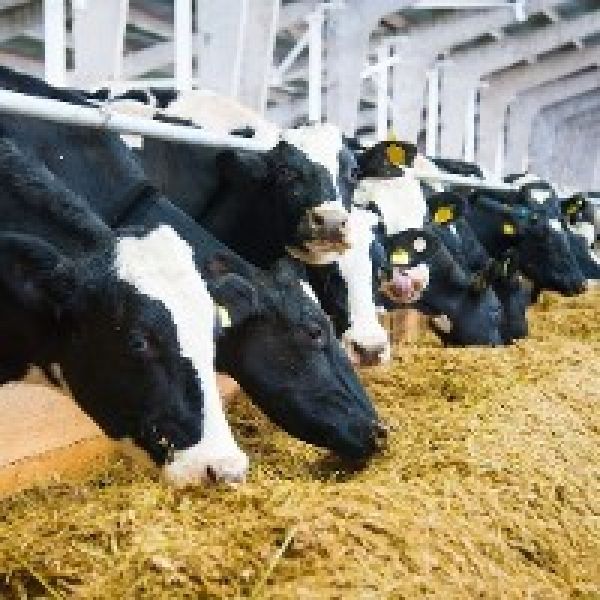IIASA researcher Stefan Frank led the team which carried out the first detailed analysis of agricultural non-CO2 mitigation using a combination of four different global economic models and assessed the reduction potential. They used the carbon price in the models to estimate the mitigation potential of each option, although Frank stresses that carbon taxes are not considered a likely policy instrument for the agricultural sector in reality.
“We gain insights on the contribution of different mitigation options across regions and identify robust emission reduction strategies both on the supply and demand side,” he says.
Efforts in the agricultural sector alone could reduce up to 15% of agricultural methane and nitrous oxide emissions by 2050, a total of 0.8-1.4 gigatonnes of carbon dioxide equivalent per year (GtCO2e/y), at an already low cost of US$20/t CO2e. Dietary changes in overconsuming countries could contribute additional reductions of 0.6 Gt CO2e/y, a total emissions reduction of 23%. rce of non-CO2 greenhouse gas emissions, and IIASA-led research has found that changing agricultural practices and a shift in diet away from meat and dairy products could reduce the sector’s emissions by up to 50% by 2050 compared to a situation without mitigation efforts.
Continue reading at International Institute for Applied Systems Analysis
Image via International Institute for Applied Systems Analysis


